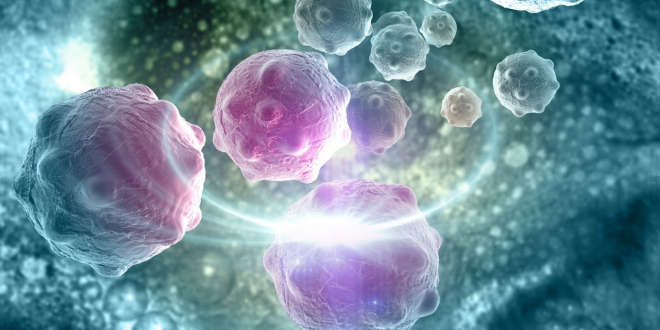By Cindy W.
Cancer diagnostics can be very inconvenient, since some can take substantial time to be completed. Certain methods of diagnosis can be painful for some patients. Often, they are inaccurate. Could there be a better way to check for cancers? First, it is important to review current approaches to diagnosing cancer. How are diagnostic tests used?
Cancer is nearly always diagnosed by an expert who has looked at cell or tissue samples under a microscope. In some cases, tests done on the cells’ proteins, DNA, and RNA help tell doctors if there’s cancer. These test results are pivotal to choosing the best treatment options. If doctors are not sure a lump is cancer, they may take out a small piece of it and have it tested for cancer and for infections or other problems that can cause growths that may look like cancer. The procedure that takes out a piece of the lump, or a sample for testing is called a biopsy. The tissue sample is called the biopsy specimen. The testing process is sometimes referred to as pathology. Lumps that could be cancer might be found by imaging tests or felt as lumps during a physical exam, but they still must be sampled and looked at under a microscope for the doctor to be certain. Not all lumps are cancer. In fact, most tumors are not cancerous. Tests of cells and tissues can uncover many other kinds of diseases.
Cutting-edge imaging technologies are being developed to aid in the early detection of cancer and the delivery of treatment. The use of biomarkers in research and diagnostics is expected to enable more precise, predictive and preventive clinical care. Promising technologies in the oncology diagnostics space are highlighted below.
Angiogenesis Imaging
Cell adhesion molecules, known as integrins, play a major role in cancerous cell angiogenesis and metastasis. Integrins can be recognized by the suitable cancer sequence and adhere to the target molecules. This process is known as angiogenesis. Scientists are focusing on the development of scintigraphy imaging of angiogenesis, which has the potential to detect cancer—especially breast cancer.
Hypoxia Imaging
Tumor hypoxia occurs due to the lack of oxygen cancer cells receive. Research has indicated that hypoxia of cancer patients is best determined through noninvasive imaging and with the use of validated hypoxia markers, such as [18F]MISO and PET(Positron Emission Tomography). This method provides a validated and reliable index of tissue hypoxia for individualized cancer treatment. Increasing hypoxia is a sign of a tumor, while decreasing hypoxia is a sign of recovery. Research papers have indicated that hypoxia imaging is more effective in predicting the survival of patients suffering from head and neck cancer.
Apoptosis Imaging
Apoptosis is the programmed death of a cell due to the detection of an abnormality when undergoing cell division. As cells proliferate and the nucleus is divided between the resulting cells, iron content also is divided and the signal from each cell decreases. Apoptosis imaging to monitor cancer therapy is difficult due to this, but when accomplished effectively can be crucial because it allows for the detection of abnormalities in the body, and possibly cancer.
Endocrine Tumor Imaging
There are various types of endocrine tumors that can be detected in various ways. CT(computed tomography), MRI, and Ultrasound can all be used to diagnosis this type of cancer. Also radiopharmaceuticals are used to image neuroendocrine tumors. They have special molecular makeups which allows them to integrate into the tumor. PET can then be used to identify the scale and severity of the tumor.
Imaging techniques have significantly improved, and as technologies are further refined, imaging modalities will become even more accurate and reliable.
 Tempus Magazine By Students, For Students
Tempus Magazine By Students, For Students 



